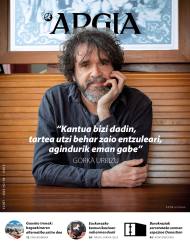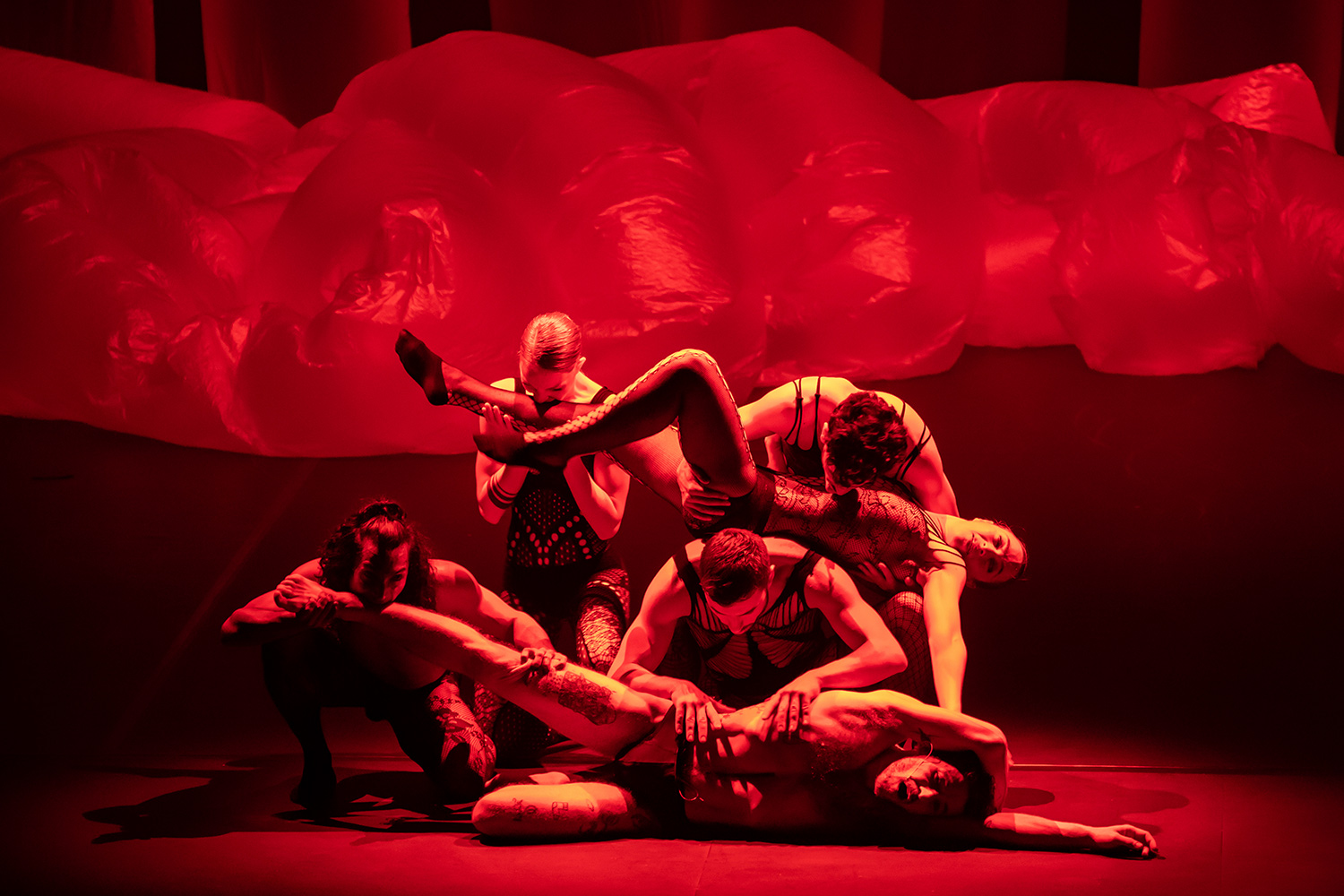“I am clear about my seed: to characterize Basque culture and historical memory through dance”
- Janire Etxabe (1979, Arrankudiaga) is engaged in vertical dance, combining training classes with their own productions. In 2021 he published Harria Herria, in 2022 Dendu and in 2023 Corners(R). Soon you will present your first individual: In the past. “I understand the fear of cultural leaders, but vertical dance is very safe,” he says. The risk is precariousness.
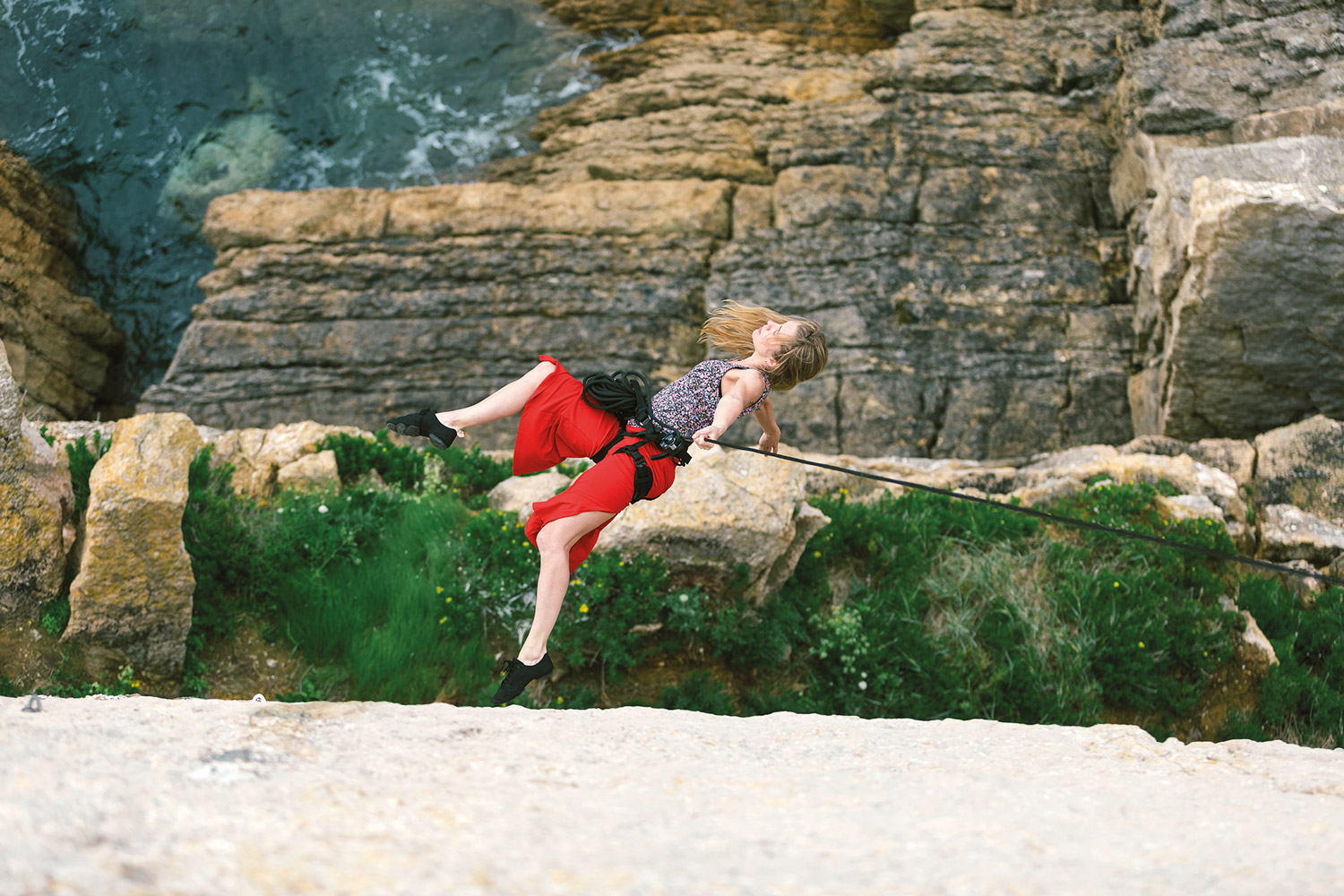
“[Barreak] Oso era berezian gertatu zen: Araban eskalatzen nenbilela azpitik bi frantses pasa ziren, eta dantza bertikala egiten ote nenbilen galdetu zidaten. Harrituta, erantzun nien aspertuta nengoelako ari nintzela saltoka. Jaisteko esan eta dantza bertikalaren bideo bat erakutsi zidaten. Soka nire pasioa da: dantza hura ikustean maitemindu egin nintzen, ‘nik hau egin nahi dut’ pentsatu nuen. Diman bizi nintzen orduan, eta bertako pareta batean praktikatzen urratuta bukatzen nuen beti: asunak, zuhaitzak...Mapetan pareta bertikalen bila jarrita deskubritu genuen Gautegizekoa, eta hara bizitzera joatea erabaki nuen Andrabide harrobitik gertu egoteko, gaur egun Arrankudiagan bizi arren.”
Dance is vertical dance. What do you say vertigo to?
Precariousness. This is my profession and the agenda for next year is often a white paper. Every time I release creation, I get scared and scared. And now what? There is no rest. At first, I was combining education with vertical dance, but I was increasingly reducing activity to get to dance until I decided to bet on vertical dance.
What makes you tie or drop your strings?
The two things. For one thing, liberating myself: I do what I love. Meanwhile, I had an operation on my arm (very psychologically hard), but I'm already recovered. Dance and rope are my passion, and that linked me. Ours is a very continuous, creative, physical and productive work. Since you start coming out, the road is long: go to the mountain, select plans, complete the script, record voices, create music, record, choreograph and work… On the wall everything goes for coordinated seconds, which requires a lot of work: doing tests to go to the wall with clothing, measuring the force and the thrust of each body to finish the jumps at the same time… We record all the tests to refine the movements.
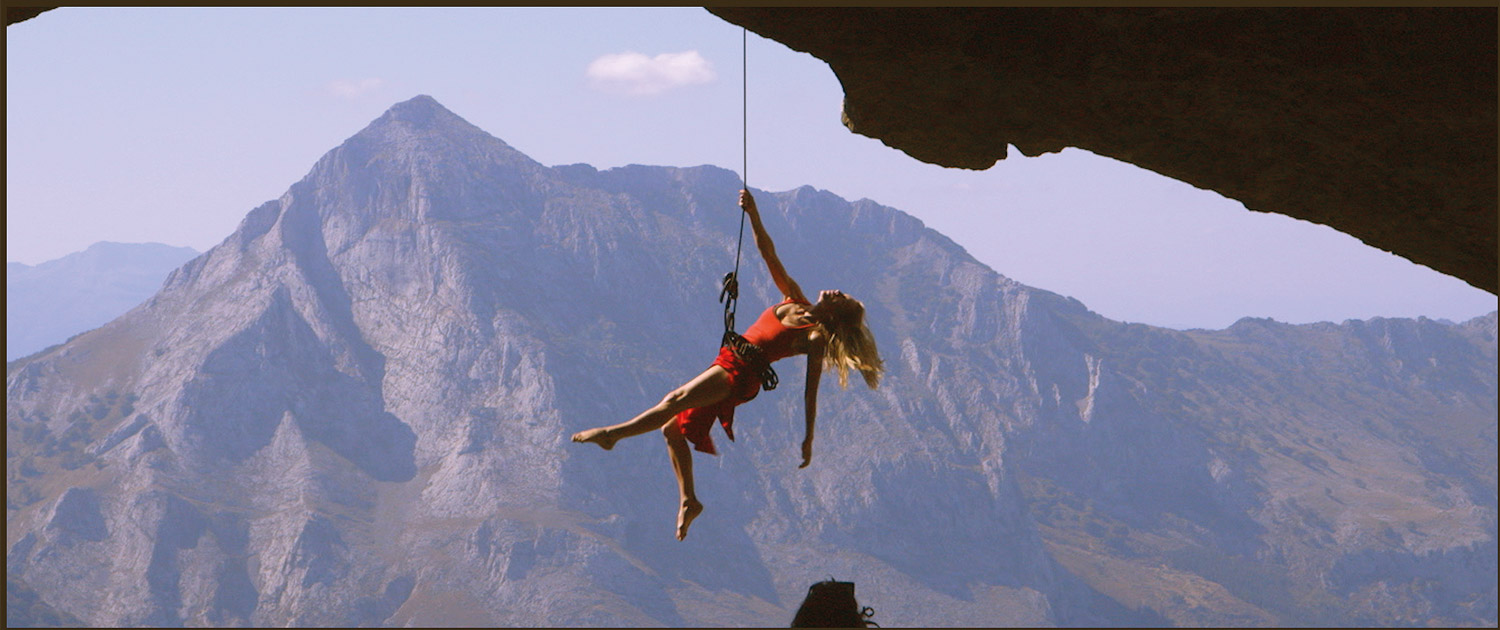
This artistic discipline depends 360º. On the wall, you don't see all the subsequent work.
It's unimaginable. I need a year and a half or two to create the feature. The creation is not only a choreographic field: project writing, dossier preparation, presentation meetings… It is impossible to maintain the company without economic and social support: high and light technicians, safety plans, areas of essay, essays of dancers, creation rooms, dressing rooms, communication and distribution... All this after 25 minutes of emission, a lot of daily work.
In addition, I teach vertical dance classes in the schools of Gernika and Gautegiz-Arteaga and organize intensive courses throughout the year, in winter and in summer on the walls or forests of the mountains. We cannot live from live productions and live broadcasts, it is very precarious. My personal project is Dimegaz, with which I produce productions, personal projects or short films from the company Quarries Dantza Vertical, and the training project is Dingilizke.
Soon he will present his first individual.
It will be called in the past. The première will take place on April 14 at the Teatro de Urnieta, where the last artistic stay will take place. The presentation I want to make in Bizkaia around June, but we are still looking for a place. I would also like to finish the documentary "The Wind Lines" and premiere it at the Bilbao Mountain Film Festival.
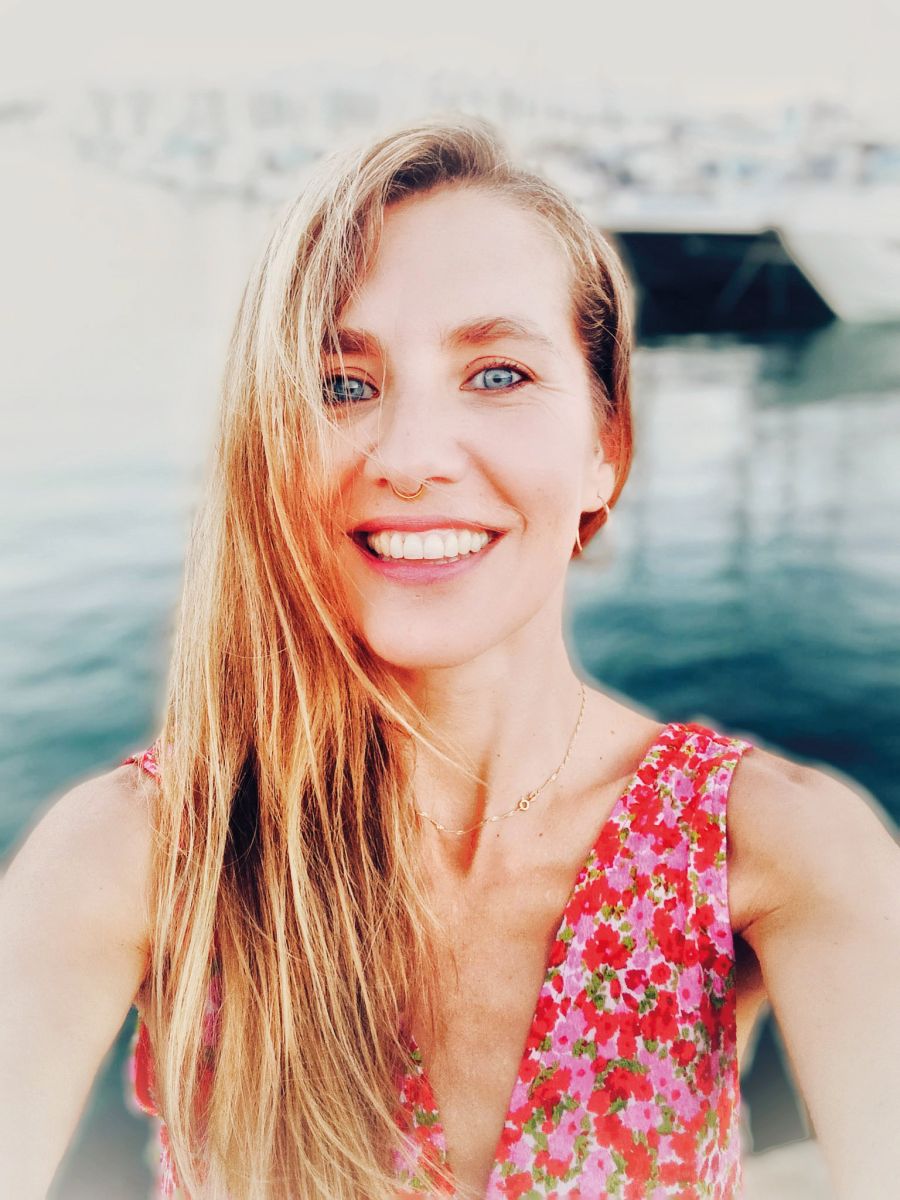
What is Before the Present?
I was inspired by the Altabizkar song by Benito Lertxundi. My mother has been very present. I'm going to come out with a giant object that's changing from symbology and live form. I will be with the heads of the women: the Spanish inquisition prohibited the move and I wanted to convey the social burden of our culture. In adolescence, in old age... will mix the emotions and wars of each stage. Studying Fine Arts has led me to merge vertical dance with other plastic arts.
In the meantime, we will continue with Tours(R)a, in Bilbao we will be in Loraldia, in the Euskalduna Palace, on 23 March. Our tradition and historical memory are always evident in the performances. In our action, for example, we refer to witch hunting with the help of the words of Toti Martínez, although today women do not smoke in the fire, we demonstrate that they continue to smoke us. Art is an instrument of social claim, and artists have the opportunity to lay the seeds of what happens in society, and my seed is very clear: to characterize Basque culture, tradition, and our historical memory through vertical dance.
You're rocky. Is nature your home?
Yes, I like natural spaces. Some areas have great significance. Favorites are Anboto's Mount and Wall; and to train, quarries. The initiation process is usually carried out individually, devoting a lot of time to the walls of the mountain.
We don't damage buildings, we almost never pierce them. Vertical dance can be performed on any wall or anteiglesia of the locality. I understand the fear of those responsible for culture, but it is very certain. The shows have every guarantee of safety.
Are there quarries or quarries in schools?
Yes. The dance company Canteras wants to create a quarry, so we give classes. Many people are interested in learning in Basque Country. The groups are complete and intensive courses are greatly encouraged. That is very positive. We would like people to follow the vertical dance: that the desire to learn and create continues in the Basque Country and from the Basque country.
The idea that we in the dance world often repeat is that dance is ephemeral. The Elhuyar dictionary gives as a counterpart to "ephemeral" English: ephemeral, destructive, perishable, ephemeral, ephemeral, perishable, perishable, ilaun. I don't remember who I first read that idea... [+]
Moor Krad
By: Ertza company.
When: 3 October.
Where: In the Muxikebarri room of Getxo.
---------------------------------------------
Two years later I met the work Moor Krad, in which members of the company Ertza created and premiered the piece. So in 2022, I tried to... [+]
Transmisioa eta dantza taldeetako erreleboa aztertu nahi izan dugu Dantzan Ikasi topaketetan, eta gazte belaunaldiek lan egiteko ereduak ezagutu nahi izan ditugu “Gazteen parte-hartzea euskal dantzan” mahai inguruan: Eder Niño Barakaldoko... [+]









